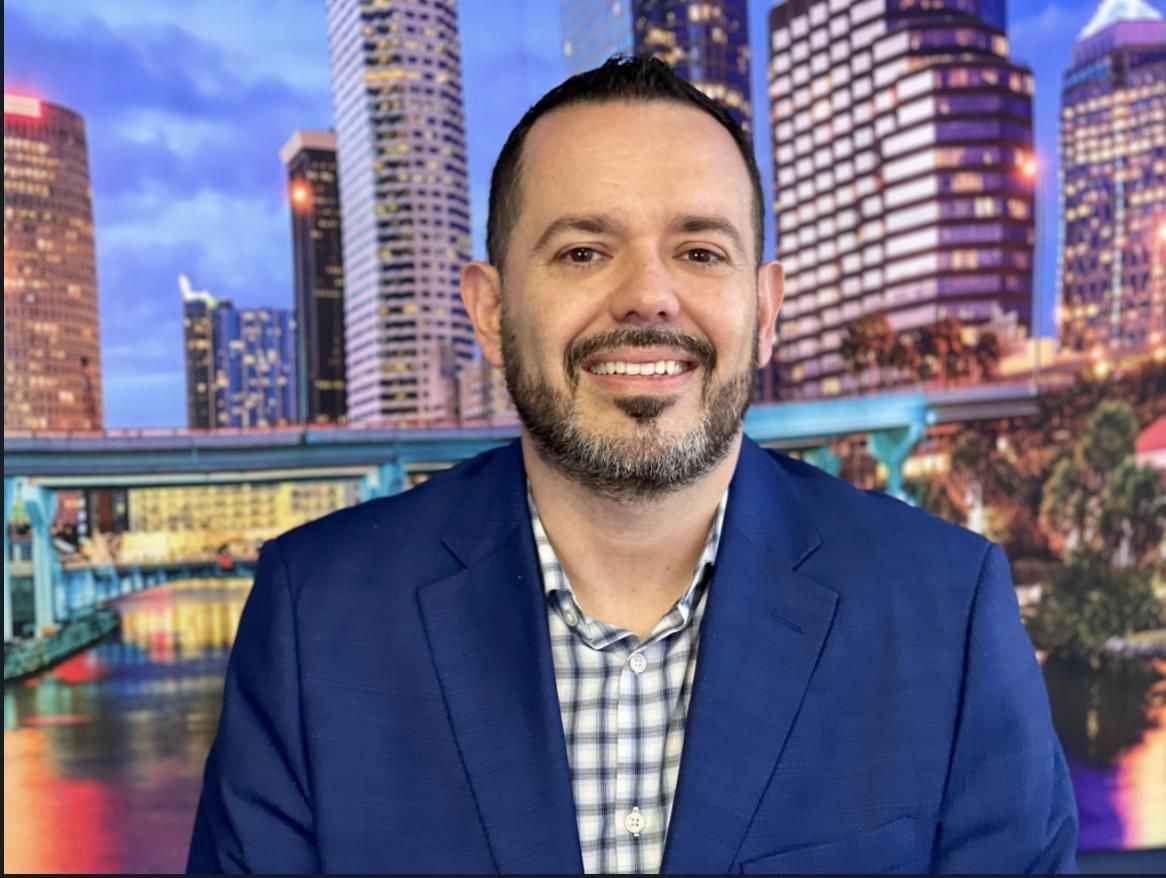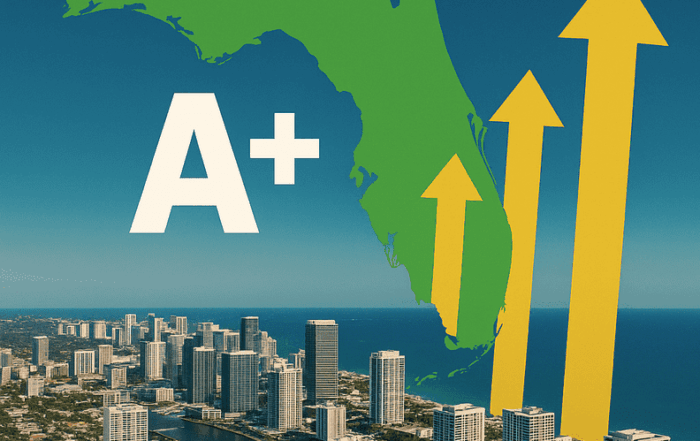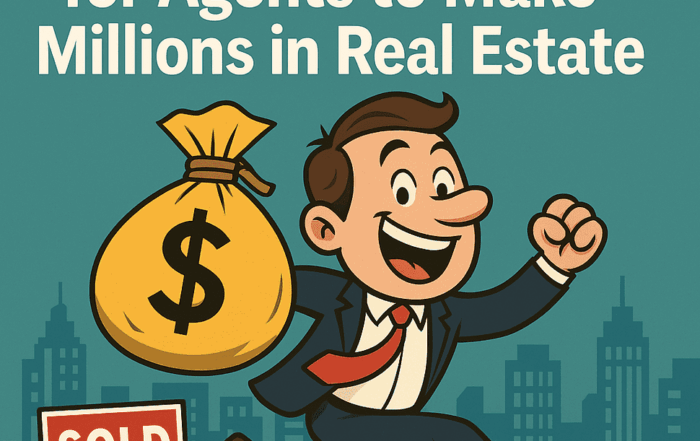
What is RAL?
Thinking about turning your rental properties into a Residential Assisted Living (RAL) business in Florida? You’re not alone—and you’re not crazy either. It sounds like a golden idea: make more money per house while doing something meaningful for the community. But before you sell off your rentals and dive headfirst into elder care, let’s break this down in plain English.
This guide is for investors who want to know: Is turning rentals into a senior living business in Florida still worth it today? Spoiler alert—it depends. Let’s go!
What is RAL?
Residential Assisted Living (RAL) means taking a regular house and converting it into a home where seniors live and receive help with everyday things like eating, bathing, and taking medication. It’s not a nursing home, but it’s way more hands-on than a traditional rental. Think of it as running a bed and breakfast with medical care.
1. Big Money Potential
Three words: High cash flow. A regular rental might make you $300–$500/month in cash flow. A single RAL home can make $5,000 to $15,000/month (yes, really). That’s because instead of renting one unit to one tenant, you’re renting out individual rooms—often for $4,000–$7,000 per resident. A 10-bedroom house? Do the math.
2. Not Cheap to Start
Three words: Expensive upfront investment. You can’t just toss a couch in and call it a day. RAL homes need safety upgrades, fire suppression systems, ADA-compliant bathrooms, wide doorways, ramps—you name it. You also have to go through a serious licensing process in Florida. Expect to spend $200K–$500K before your first resident moves in.
3. Licensing is No Joke
Three words: Heavy government rules. To run a legal RAL in Florida, you need an Assisted Living Facility license. That means inspections, paperwork, and making sure your home meets strict safety and staffing standards. It’s doable, but it’s not like renting out a regular house. Think less “landlord” and more “healthcare provider.”
4. Staffing is Tough
Three words: Hire great people. Caregivers are the heart of this business, and finding good ones is hard. It’s a high-turnover industry with a lot of burnout. You need at least one solid manager who knows the rules, builds trust with families, and keeps the place running smoothly. If you don’t have that person (or aren’t that person), this business will eat you alive.
5. Not Passive At All
Three words: 24/7 operations. Some landlords dream of passive income. RALs are the opposite. This is a business that runs 24/7, 365 days a year. People don’t stop needing care on weekends. If your staff no-shows, guess who gets the 3 AM phone call? If you want mailbox money, this is not it.
6. You Can Scale
Three words: Room to grow. Once you get one RAL running profitably with a good team, adding more becomes easier. Some investors open 3, 5, or even 10 RAL homes in a region. But each one is its own little business, so you need the systems, staff, and structure to scale it right.
7. 1031 Exchange Works
Three words: Tax-smart upgrade. Got rental houses with equity? You can sell them and roll the profits into a RAL property using a 1031 exchange. This lets you defer capital gains taxes and upgrade your portfolio into something higher-performing. Just make sure the property is bought as an investment and held in the right legal structure.
8. Strong Senior Demand
Three words: Aging boomers wave. Florida has no shortage of retirees—and that’s a good thing for RALs. The population of seniors is growing fast, and many want care in small, homey environments instead of big, cold nursing facilities. The long-term demand for quality senior housing is strong.
9. Watch for Oversupply
Three words: Check local competition. Some areas in Florida already have too many RALs. Don’t assume just because it’s Florida, there’s demand. You need to do real research in your city or county. Talk to referral agencies, hospitals, and even visit competing homes to see how full they are.
10. Exit Can Be Tricky
Three words: Hard to sell. A regular rental house can be sold to almost anyone. But a modified RAL? With extra bathrooms, ramps, fire alarms, and a business tied to it? That’s a niche buyer. Unless it’s performing well and licensed, it might sit on the market. So always think about your exit plan before you buy.
Who Should Consider RAL?
Perfect if you:
-
Have capital to invest
-
Want to create a high-income, long-term business
-
Are willing to hire or partner with experienced operators
-
Enjoy helping others and building community
Not a fit if you:
-
Just want passive rental income
-
Don’t like dealing with employees or compliance
-
Can’t be patient during the startup phase
-
Don’t want to take 3 AM emergency calls
A Smart Middle Ground: Partner Model
Not ready to be a hands-on operator? Find someone who is. You can:
-
Buy the house and lease it to an RAL operator
-
Joint venture with a licensed care provider
-
Be a silent partner and split profits
This model lets you use your real estate experience while letting someone else handle the caregiving side. And yes—you can still use a 1031 exchange if done right.
Final Thoughts
Residential Assisted Living is not a magic money machine. It’s a business that can bring high returns and real impact, but it’s also complex, expensive, and emotionally demanding. If you’re just looking for a set-it-and-forget-it strategy, stick to rentals. But if you’re ready to level up, build a business, and help people live with dignity—this could be your next big move.
Keep it consistent, stay patient, stay true—if I did it, so can you! Let me guide you at propertyprofitacademy.com
Written by Jorge Vazquez, CEO of Graystone Investment Group & its subsidiary companies and Coach at Property Profit Academy
Pick your expert. Book your free 15-minute consult now. We are here to help!
Our Top Articles
Why You Should Sell Your Deals with Us
Jorge Vazquez2025-08-02T03:43:24+00:00August 2nd, 2025|Comments Off on Why You Should Sell Your Deals with Us
Let’s keep it real—wholesaling ain’t easy. You lock up a deal, hustle to find a [...]
Landlords, Listen Up: Florida’s A+ Economy Is Coming—Here’s Why 2025 Still Makes Sense
Jorge Vazquez2025-08-01T19:53:23+00:00July 31st, 2025|Comments Off on Landlords, Listen Up: Florida’s A+ Economy Is Coming—Here’s Why 2025 Still Makes Sense
Florida’s A+ Economy in 2026: What This Means for Landlords, Renters, and Real Investors Like Me By Jorge Vazquez, [...]
What It Really Takes for Agents to Make Millions in Real Estate
Jorge Vazquez2025-08-01T01:32:51+00:00July 31st, 2025|Comments Off on What It Really Takes for Agents to Make Millions in Real Estate
What It Really Takes for Agents to Make Millions in Real Estate Inspired by a Fellow Featured Agent—Kat Palmiotti [...]
Property Profit Academy:
✔ Learn to buy properties with little to no money down.
✔ Build a $10M portfolio step by step.
✔ Master strategies like BRRRR and house hacking.








